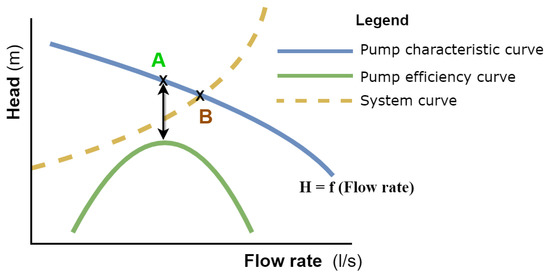
Researchers participating in DEMETER; Juan A. López-Morales and Antonio F. Skarmeta from University of Murcia, alongside Juan A. Martínez from Odin Solutions, have published a new paper titled ‘Improving Energy Efficiency of Irrigation Wells by Using an IoT-Based Platform’ in MDPI journal, Electronics. This work has been funded by the European Union’s Horizon 2020 Research and Innovation program through the DEMETER project.
An abstract of the paper is available below:
The irrigation sector has undergone a remarkable transformation in recent decades due to the application of pressurized water distribution technologies, improving the management of limited water resources. As a result of this transformation, irrigation has become, together with agricultural machinery, the primary consumer of energy within the agri-food sector. Furthermore, the energy cost of operating pumping equipment during a farming season represents 30–40% of the crop’s total cost. For this reason, one of the most interesting challenges in this scope is that of improving energy efficiency and reducing economic costs so that productive work become more and more competitive. Energy audit makes possible to determine the efficiency of installations and enables to determine energy saving protocols (requirements), for this reason the aim of this article is to carry out these by using IoT-based systems. The proposed system improves decision-making on agricultural pumping management by classifying wells’ efficiency and integrating the data sets that determine their efficiency into a single information model. The system monitors energy efficiency according to different parameters such as: infrastructure, energy consumption, electric rates, manometric height or type of installation, making it possible to enhance each pumping operation’s decisions. This solution has been deployed in an irrigation community in southeast Spain whose results have warned about the lack of efficiency in two of its wells: in one of them it is proposed that they be replaced, due to the high cost of pumping water, and in the other, hydraulic mechanisms are implemented to improve the water-energy binomial.
The full paper is available here


